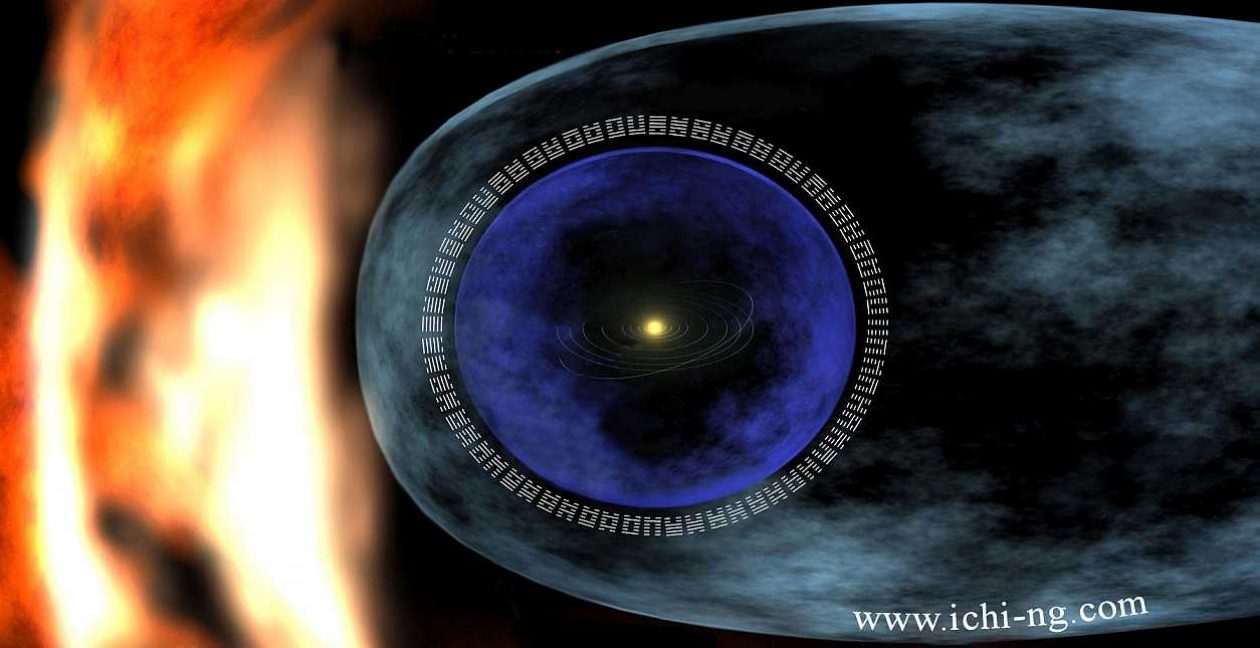Primal Arrangement Corrected
Fu Hsi’s Sequence of Earlier Heaven, circa 3300 BC

In this diagram three circles are superimposed and correlated. The first or innermost circle is that of the 8 trigrams with its sequence of light into darkness and vice versa that can be observed. The second circle is that of points on the compass, or the directions of North, East, West and South. The third circle presents the four seasons of the year. This is the sequence of Earlier Heaven by Fu Hsi , at least as it was presented to us through the works of King Wan and the Duke of Chou.
There is some confusion here about what is a point on a circle or a direction, and what is a phase.

In this wheel a slight adjustment has been made allowing for the distinction between points or directions and a phase of a cycle. The trigrams are phases. The directions are points. As we observe this and other diagrams of Fu Hsi we will see that he observed the phases and would be aware of this distinction.
At the North is the greatest darkness and cold.
At the South is the greatest brightness and warmth.
On the innermost or bottom line of each trigram one can see that one half of the circle, the East half, is a solid line or light line. On the western half of this circle one can see the broken or dark line. These two lines reveal the increasing light and increasing darkness in the two halves of the year.
One can see the association, but there is still a distinction between the two cycles being compared. One is the seasons of the year and the other is the directions of the compass … the images in the heavens and the lines on the earth. In astrology this would be the distinction between the Signs of the Zodiac (seasons) and the astrological Houses (divisions of the day or of the earth as it turns).
